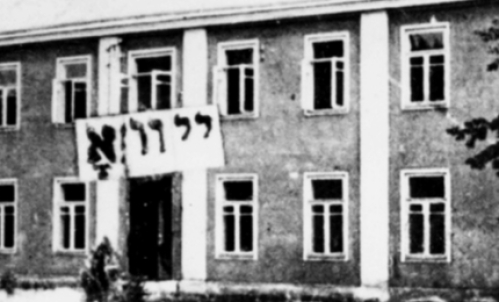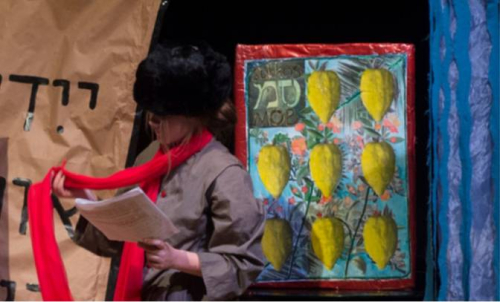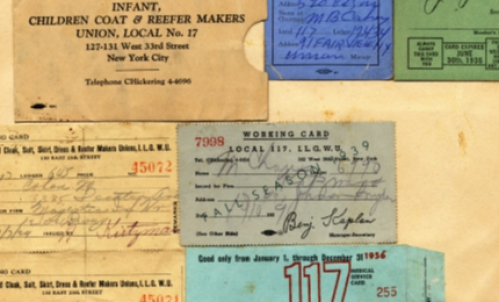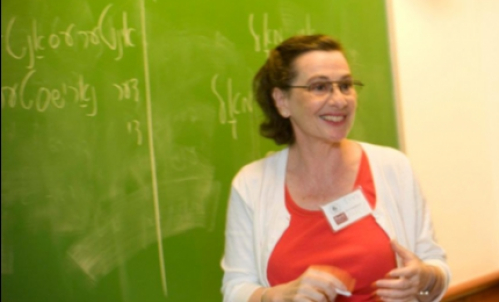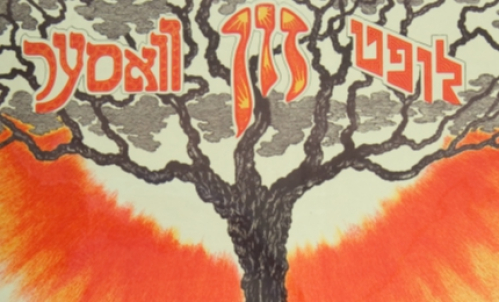Di gantse velt af a firmeblank: The World of Jewish Letterheads
Assemble the letterheads of Jewish organizations, institutions, and individuals in Europe, North and South America, and Palestine from the 1890s to the eve of World War II in 1939 and you have a portrait of the Jewish world: transnational; diverse in language, political, and religious orientation; and flourishing.
Di gantse velt af a firmeblank (The Whole World on a Letterhead) is an experiment in building that portrait. Here, we hope to bring you several times a month, a different example of letterhead from a single collection in the YIVO Archives, the Papers of Kalman Marmor.
Marmor, a Yiddish writer and cultural activist, was born October 11, 1879 in Mayshigola, Vilna Gubernia (today Maišiagala, Lithuania). In 1906, he settled in the U.S. Initially active with the Labor Zionist movement, he later became a Communist. He was an organizer of the 1937 World Yiddish Culture Congress, cultural director of the International Workers Order, and a contributor to the Communist Yiddish newspaper, Morgn Frayhayt. Between 1933 and 1936, he lived in Kiev, where he worked at the Institute of Jewish Proletarian Culture and prepared scholarly editions of the work of American Yiddish poets and writers. During Stalin’s Great Terror, the Institute was liquidated, and much of its leadership was arrested and executed. Marmor, an American citizen, returned to the U.S. He died in Los Angeles in 1956.
His papers at YIVO contain several thousand letters from the turn of the 20th century to the 1950s. He had an astonishingly diverse array of correspondents, not limited to Zionist and Communist activists.
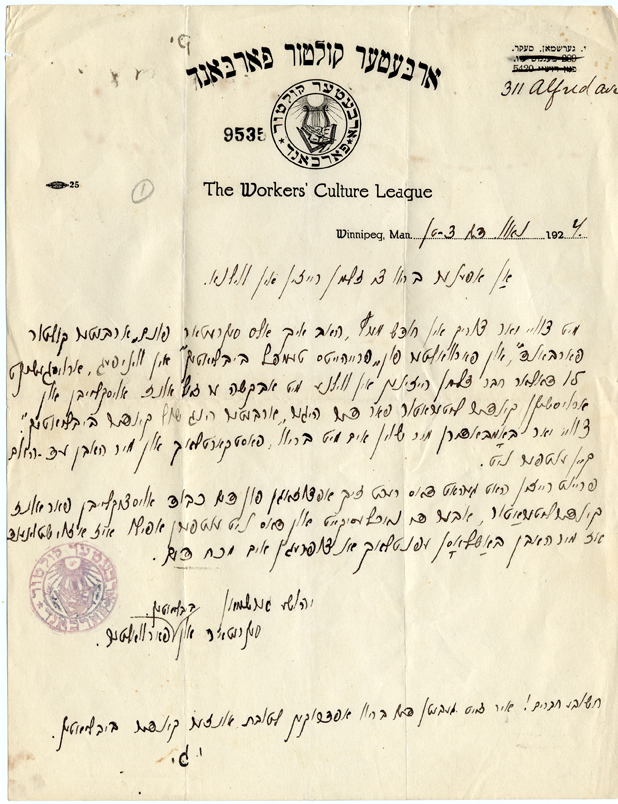
From Joshua Gershman in Winnipeg to Kalman Marmor in New York, November 3, 1924. (YIVO RG 205, Folder 116)
Joshua Gershman was a prominent Jewish communist in Canada. Long term editor of the Vochenblatt, a Yiddish communist weekly that published from 1940 to 1979, he broke with the Canadian Communist Party late in life over the mistreatment of Jews in the Soviet Union.
Here, as secretary of the local Workers Culture League and the chair of the Freiheit Temple Library, he pens “An Open Letter to Zalmen Reisen in Vilna.” Zalmen Reisen (1887-1941) was a scholar of Yiddish language and literature and a well-known journalist and cultural activist (and a principal figure in YIVO). Gershman claims that two years earlier he sent Reisen $15 to select Yiddish children’s books and send them to the Workmen’s Circle School Children’s Library in Winnipeg, but that he has never heard back from Reisen about the matter. All his letters to Reisen have gone unanswered, and so, out of desperation he will try to contact him publicly, in an open forum.
Gershman sent this letter for publication to Marmor, by then editor of the Yiddish communist newspaper Frayhayt. Interestingly, Marmor was a close associate of Zalmen Reisen ans served as the American liaison for Reisen’s monumental project, Leksikon fun der yidisher literatur, prese un filologye (Biographical Dictionary of Yiddish Literature, Press and Philology; 4 vols.; 1926–1929).
In 1924, $15 was worth about $200 in today’s dollars, so Gershman’s exasperation is not as petty as it might seem. The Workmen’s Circle schools were relatively new and Jews in North America were still turning to the Jewish community in Europe for Yiddish cultural and educational materials. In 1924, the Workmen’s Circle had not yet expelled communists from its ranks. That would happen a few years later, in 1929.
Read Joshua Gershman’s memoir, Portrait of a Jewish Professional Revolutionary: The Recollections of Joshua Gershman.
Series curated by Roberta Newman; Images digitized by Vital Zajka. Biographical information on Kalman Marmor from biographical note by Daniel Soyer in the inventory to RG 205, Papers of Kalman Marmor.
